The Essential Guide series brings together the best recent coverage from New Scientist specially curated into beautiful compendiums about the most exciting themes in science and technology today. Written and edited by some of the world’s best science writers, these guides will leave you with everything you need to know about subjects from nutrition to the solar system and more.
NEW SCIENTIST ESSENTIAL GUIDE TIME
New Scientist - The Essential Guides
CHAPTER 1 THE BASICS OF TIME
WHAT IS TIME? • It is a question that has occupied some of the greatest minds, from the ancient philosophers to the scientists of the Enlightenment and beyond. Yet after thousands of years of contemplation and scientific progress, there remains no consensus about what time is.
AN INTRODUCTION TO ENTROPY
RELATIVE TIME • Einstein’s theories of special and general relativity say time is relative. This means one person’s experience of time would be different to another’s if they were moving at different speeds or under different gravitational forces.
TIME DILATION • Einstein’s theory of relativity shattered the notion that time runs at the same rate for everyone, everywhere in the universe. And it has survived every experimental test we have thrown at it.
TESTING TIME DILATION • Relativity predicts that time slows down in a gravitational field, making clocks run a little slower on Earth’s surface than in deep space – something that is testable.
COSMOLOGICAL TIME DILATION • Time seems to have ticked more slowly when the universe was young, according to observations of ancient astronomical objects.
THE BLOCK UNIVERSE • Imagine standing outside the universe. Not just outside space, but outside time too. At one end, you see its beginning: the big bang. At the other, you see whatever it is that happens there. From this impossible block universe perspective, time does not flow, and there is no “now”.
HOW DID IT ALL BEGIN? • The cosmos is stranger than we ever imagined and new bubbles of space-time may pop up and grow continuously with no beginning or end, says Chanda Prescod-Weinstein.
CHAPTER 2 THE ARROW OF TIME
TIME’S ARROW • Time, as we all know, only moves in one direction. At least it does for us. The question of why, however, doesn’t come with a simple answer.
WHAT IS ENTROPY? • The inescapable rise of entropy is one of the only physical processes that is not reversible in time, and one that has been tested in all kinds of experiments. But how exactly entropy is produced remains a mystery.
THE SECOND LAW
CAUSE AND EFFECT • At the heart of our experience of the arrow of time is causality: something happens that, some time later, causes something else. You drop a glass on the floor and it will shatter, it won’t shatter before it is dropped. But, like many of these concepts related to time, it is not always so simple.
THE CASE FOR A PARALLEL UNIVERSE GOING BACKWARDS IN TIME • Cosmological inflation is the idea that, in its first moments, the universe underwent a sudden, extreme expansion. Neil Turok suggests an alternative: a mirror universe stretching backwards in time from the big bang.
TIME TRAVEL • The physics thought to explain the arrow of time is not as simple as you might think – and in traversable wormholes, Einstein’s theory of general relativity does in principle offer routes to the past.
TIME LOOPS
WHEN TIME RUNS BACKWARDS: WHAT THERMODYNAMICS TEACHES US ABOUT LIFE • The second law of thermodynamics, which gives us an arrow of time, is routinely violated at the smallest scales – an insight that is yielding clues to some of biology’s great mysteries.
CHAPTER 3 MEASURING TIME
CLOCKS AND ENTROPY • As we heard in chapter 2, entropy is what many physicists believe...
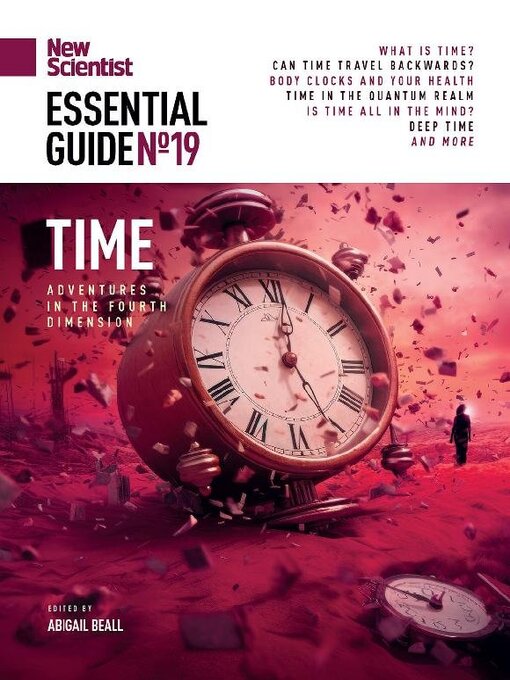
 EG25
EG25
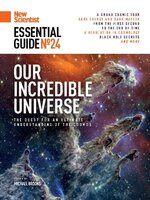 EG24
EG24
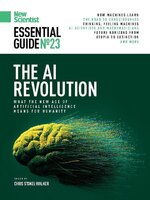 EG23
EG23
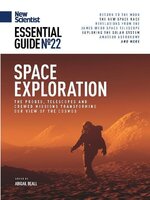 EG22
EG22
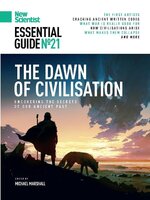 EG21
EG21
 EG20
EG20
 EG19
EG19
 EG18
EG18
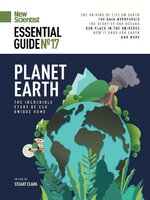 EG17
EG17
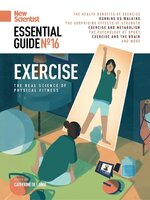 EG16
EG16
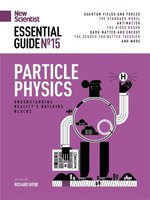 EG15
EG15
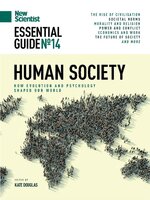 EG14
EG14